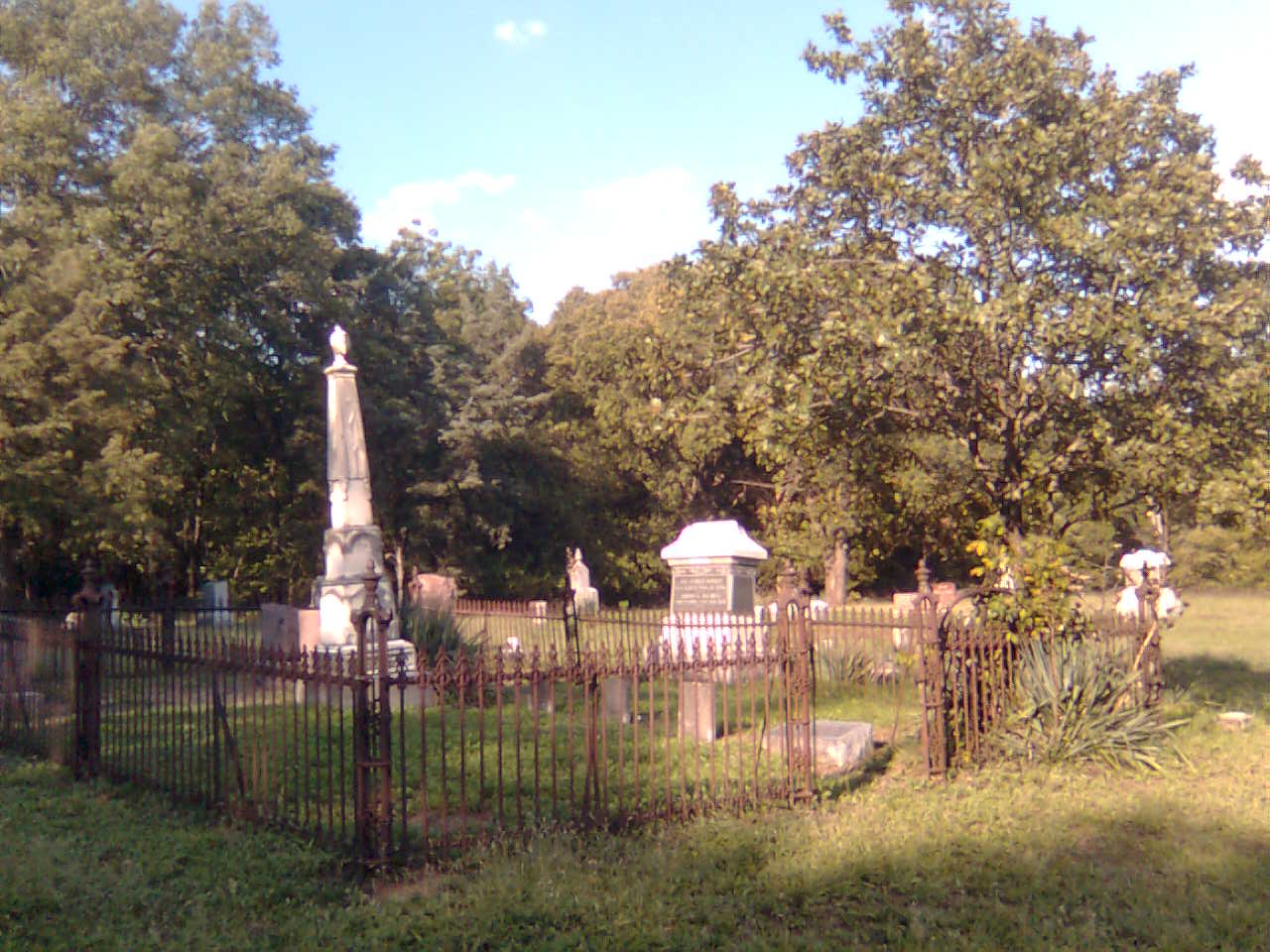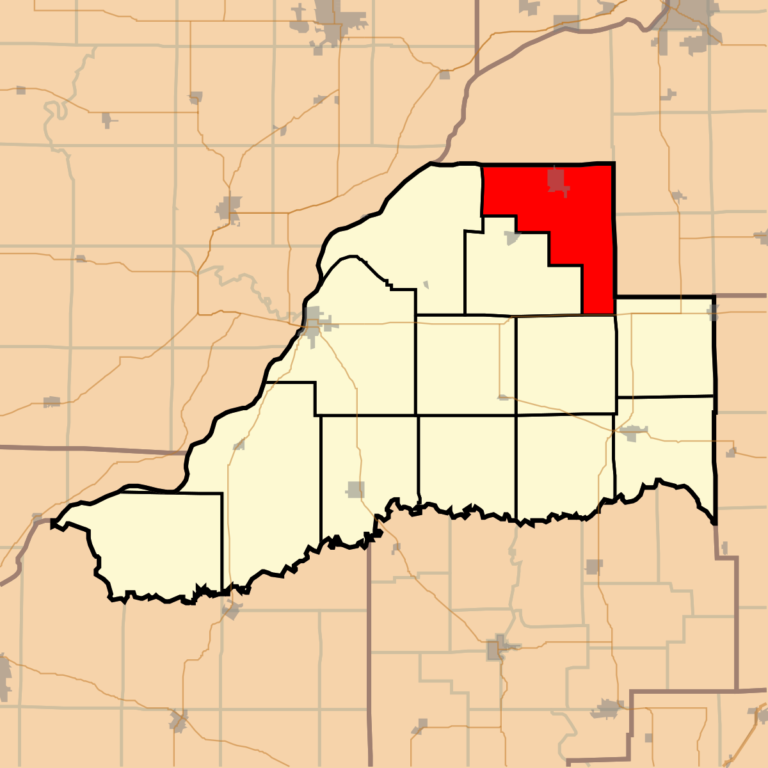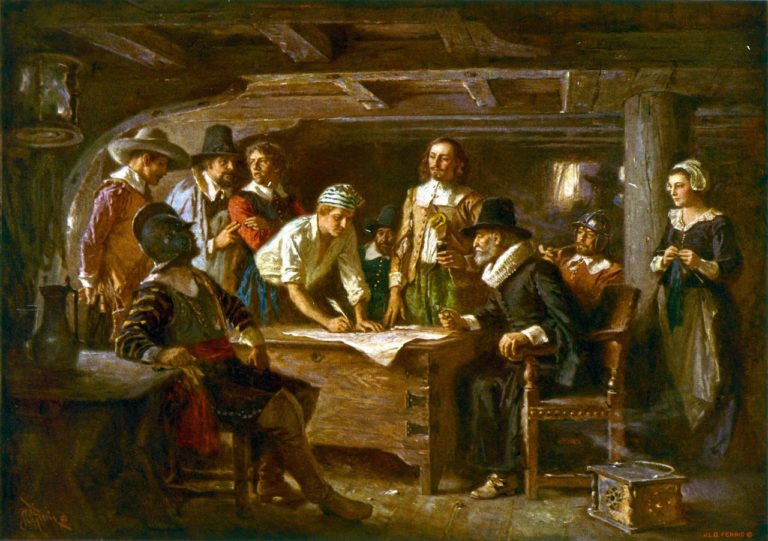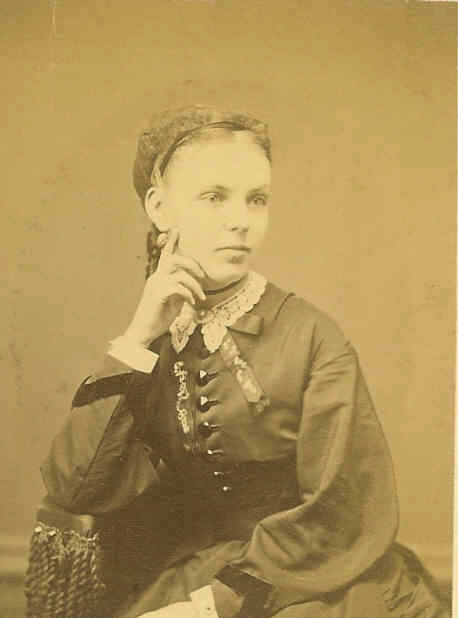History of Forest City Township
Forest City Township Part 1 of 4
This township is known as Town 22 north, Ranges 6 and 7 west of the Third
Principal Meridian. It is bounded north and east by Manito Township, south
by Pennsylvania and Sherman Townships, and west by Quiver Township. It
is the smallest of the thirteen civil townships into which the county has been
divided, and comprises a little more than thirty-one sections in its area. In
surface configuration, it is very similar to the adjacent townships of Manito and
Quiver. Timber-land is found only in the northwest corner of the township.
Fully five-sixths of its entire surface is prairie land, most of which is very productive The soil is similar in character to that found in general throughout
the whole extent of the county a rich, brown mold, freely intermixed with sand. The proportions of clay, etc., intermingled, vary somewhat in different
localities some being far more argillaceous than others. In the woodland portions, the surface often arises into bold, round bluffs, with mound-appearing
escarpments so common to the landscape further south along the Illinois River.
Quiver Creek, a small stream flowing in a general southwestern direction through the township, take? its rise near the village of Forest City and leaves
the township near the northwest corner of Section 27. This, with artificial ditches constructed leading into it, efficiently drains a large amount of the prairie portion of the township. In 1862, when township organization was effected, this division received the name of Mason Plains. Prior to this, it had
been designated as Mason Plains Precinct a name given by the early Methodist ministers to their appointments in this section. This name it continued
to bear until 1873, when, by an act of the Board of Supervisors, it was changed to that of Forest City Township. The reason for the change existed in the
fact that difficulties and perplexities often arose in the shipment of matter, intended for Mason Plains, to Mason City, in the southeastern portion of the county.
EARLY SETTLEMENTS.
So far as we have been able to learn, there were no settlements made in the limits of the township prior to 1840. Robert Cross and family came from
New Jersey and settled in Greene County, 111., as early as 1839. In 1842, Alexander, a son of Robert, came to Mason County and settled in Quiver
Township, about a mile east of McHarry’s Mill. During the summer, he frequently passed over this section of the county, and from his statements we
learn that, at that time, there were but five houses standing in what is now Forest City Township. These were all in the edge of the timber, in the northwest corner of the township. Four of them were occupied, and the following named persons are given as their occupants : A. Wintrow, Peter Himmel, A.
File and Stephen Hedge. Wintrow came in 1840, and was, doubtless, the first man to make an improvement in the township. Mr. Cross thinks that Himmel,
File and Hedge all came in 1842, while Jerry Miller, who settled, in an early day, across the line in Manito Township, gives it as his opinion that Hedge did
not come prior to 1844. Wintrow, File and Himmel came from ” der Faderland,” and Hedge from Fulton County. The latter is supposed to have come
originally from some one of the Eastern States, as he was a pronounced Abolitionist long before that sentiment found a secure lodgment in this section. The
unoccupied building stood upon Congress land, and had, probably, been erected and occupied by a “bird of passage,” who, after a short sojourn, plumed his
wings and took his flight to regions farther west. Hedge, after a residence of some years, returned to Fulton County, of which he continued a resident up to the date of his death. Peter Himmel is the only one of the four now living. In the same neighborhood, at the time of which we are writing, there were
living old man Ray, Riley Morris, Abel Maloney, and a few others just across the line in Manito Township, whose places of settlement and date of coming
have been given in the history of that township. Settlements in the township did not occur rapidly for a number of years, owing to the fact, no doubt, that its available lands were prairie.
About 1846 or 1847, Alexander Pemberton and a man of the name of Babbitt settled on the prairie across Quiver Creek, a short distance
south of the present village of Forest City. They were the first to venture away from the woods. Alexander Cross came up from Quiver Township and
made a settlement in 1848. The same year brought in William G. Greene and his brother, Nult Greene, from Menard County, and William Coolage, from
Tennessee. The Greenes settled south of Quiver Creek, where William G., in a few years, possessed himself of a large tract of land. In 1852, he sold out
his entire landed estate and returned to Menard County. He is now a resident of Tallula, and is engaged in agriculture and in the banking business. His . brother, Nult Greene, removed to McDonough County, of which he is at present a resident. In 1850, the population was increased by the coming of August Webber,
Greensfelter and Harfst. These all settled in the woods in the northwest corner of the township. They were from Germany, and formed the nucleus of the
large German population which now occupies a large portion of the township.
The spring of 1852 brought in William Ellsworth, Thomas H. Ellsworth,William Ellsworth, Jr., Joseph C. Ellsworth and their families. These all came from Fulton County, the three last mentioned being sons of the first, but all men of family. T. G. Onstot, from Menard County, came in the same year, and Fred Lux, from Pennsylvania. Most of them are still residents of
the township. About the same date, George Nikirk came from Seneca County, Ohio, and purchased the landed estate of W. G. Greene, consisting of over two thousand acres. Mr. Niekirk did not live long to enjoy the comforts of his new home. He died in 1855, leaving to his family his large estate. Twenty years later, his wife followed him to the land of shadows, leaving her
children pleasant and comfortable homes, nearly all in sight of the old homestead. The Niekirk brothers are among the most substantial farmers and business men of the township. John Bowser, also a resident of the township, was a Buckeye, from Seneca County, who came at or near the date of the coming
of the Neikirks.
From this date forward, settlements were rapidly made in the various portions of the township. The vast superiority of the prairie land
for agricultural purposes began to be realized, arid the settler no longer sought the shelter of the timber, with its too sandy soil, but pushed boldly out into the open prairie and began his improvements. Coming on down for a year or two, we find the names of William F. Bruning, Garrett Bruning, Carl Grumble, Silas Cheek, Fred Foster, N. Drake, John Martin, and others of whom time and space forbid that we should particularize, other than to say that they were all good, industrious citizens, and, by the improvement of their farms, added
much to the wealth and prosperity of the township. Samuel H. Ingersoll, who became a citizen of Mason County in 1855, deserves more than a passing notice. He was born in Medina County, in 1828. In 1849, he went to California, where he remained till 1855, at which date he became a citizen of Mason County. In 1859, he led to the nuptial altar Miss Lois A. Van Orman, of Ohio, and soon after located on one of those beautiful undulations or prairie-swells a short distance south of Forest City. His business was that of farming and milling, and his rare judgment and business tact rendered both a financial success. His popularity with, and ability to serve, his friends and neighbors may be best attested by the fact that he was called at thirteen different times to a seat in the County Board of Supervisors by the citizens of his township. It was in this position that his judgment and influence were largely useful, not only to his own immediate constituency, but also to the people of Mason County. His death occurred in 1877.
Recently, as a tribute of respect, Mrs. Ingersoll has erected to his memory one of the finest monuments in the county. The site selected for his burial is one of the
finest in this section of the county. It is known upon the public records as the Neikirk Cemetery, and is so situated that it commands a view from all parts of the surrounding country, also from the passing trains on the P., P. & J. Railroad, on which road Mr. Ingersoll was an important shipper, and of which he was an interested friend





Tom, really neat. I was wondering when the name Garlisch first was seen. Looking forward to further stuff.